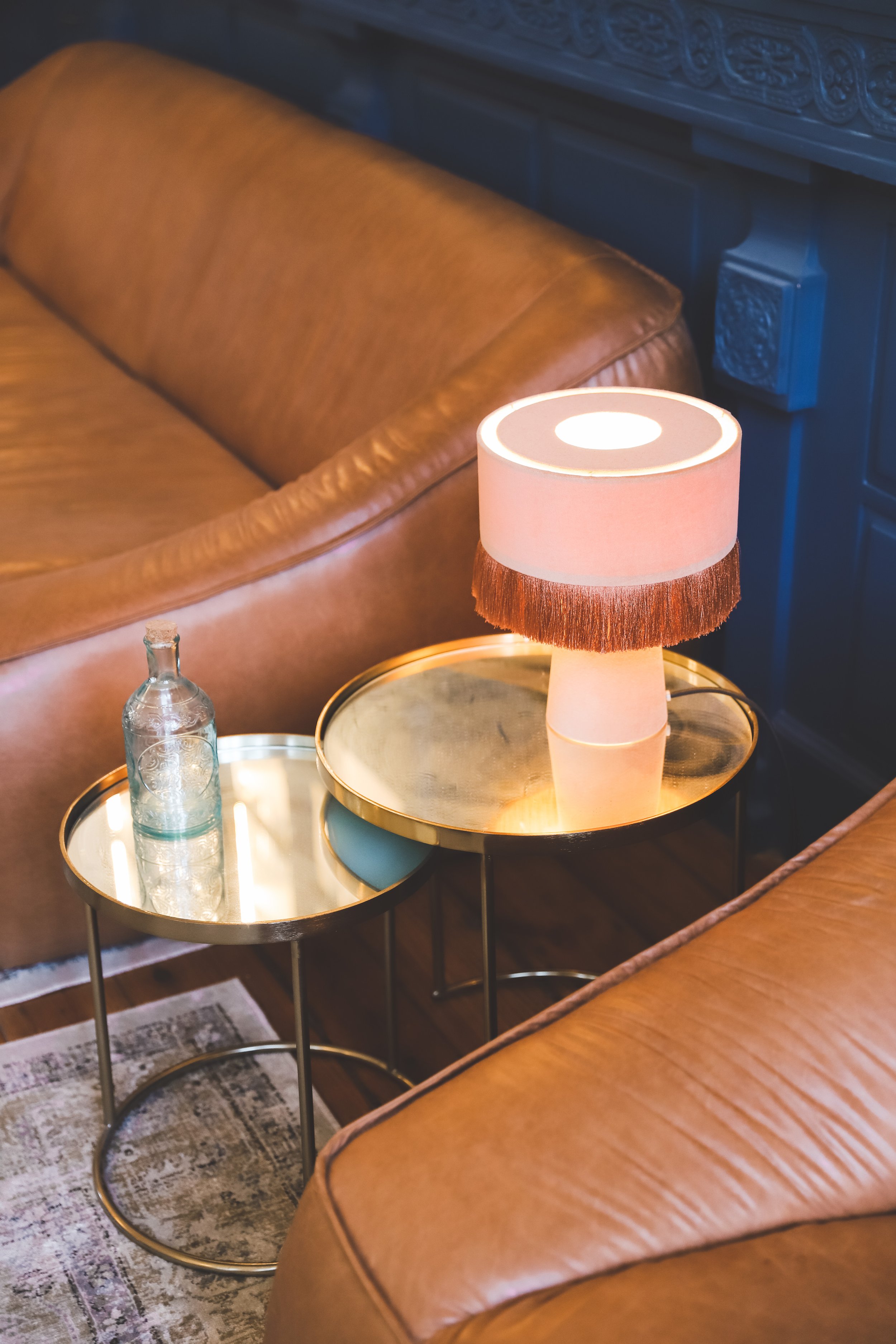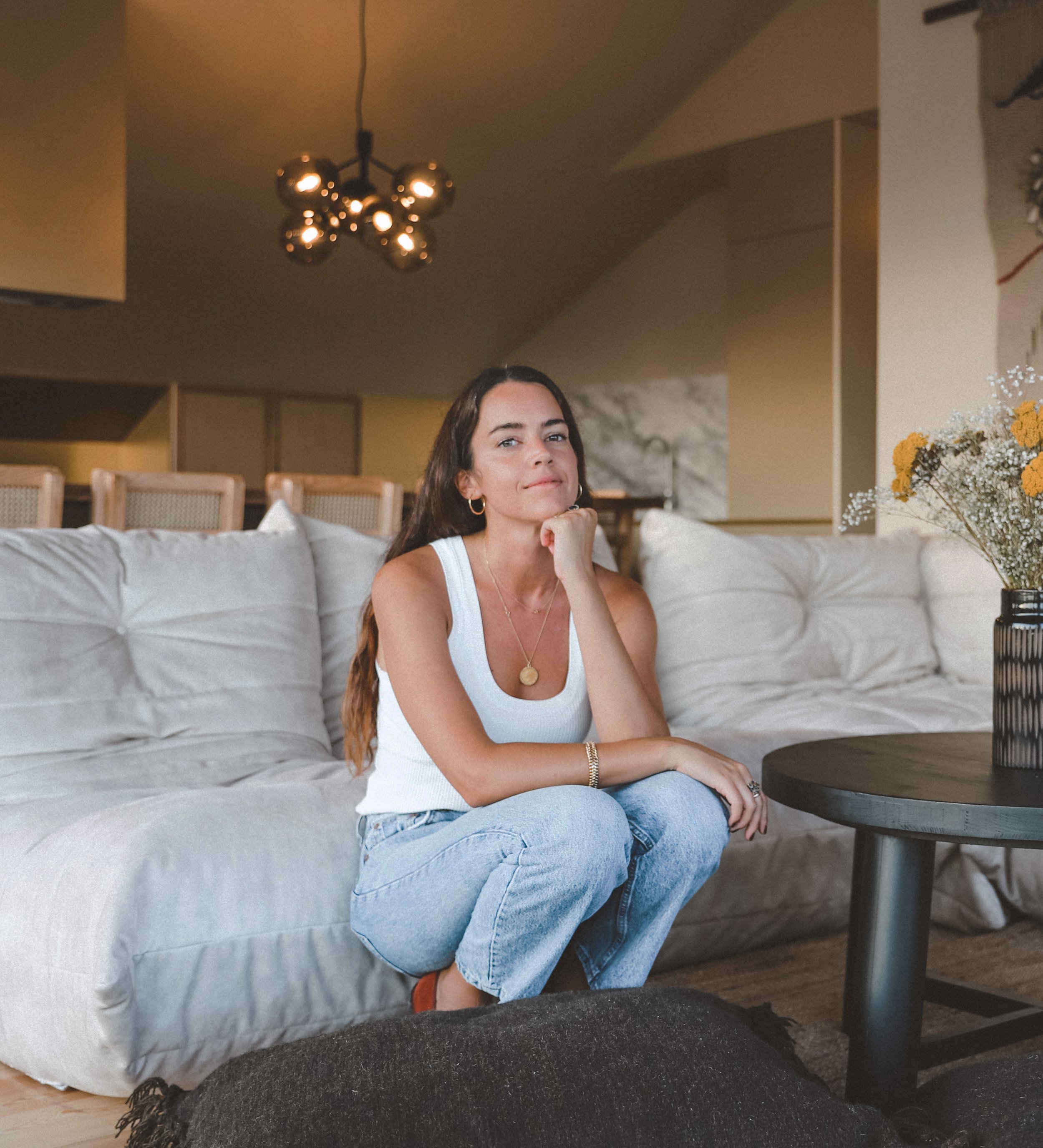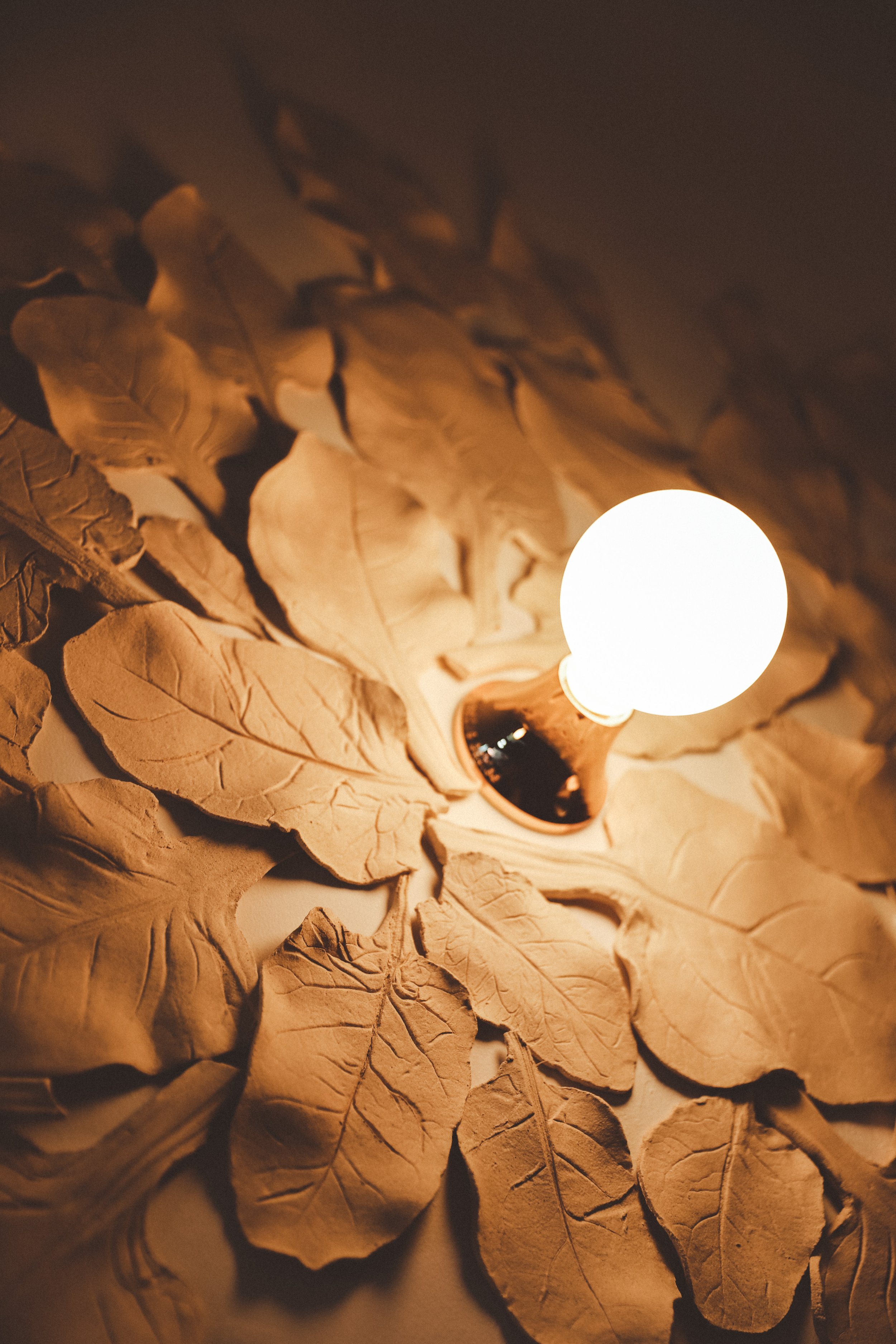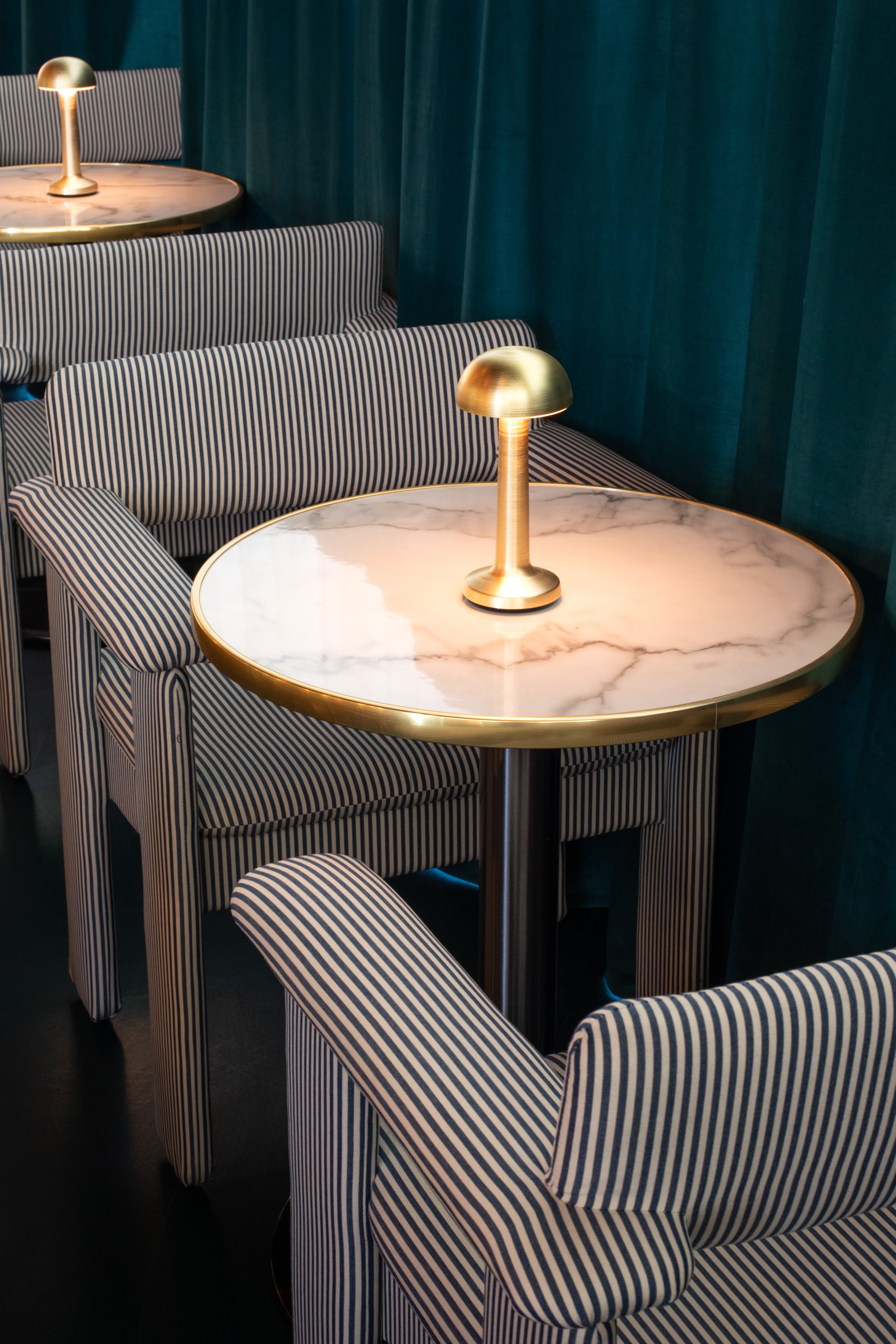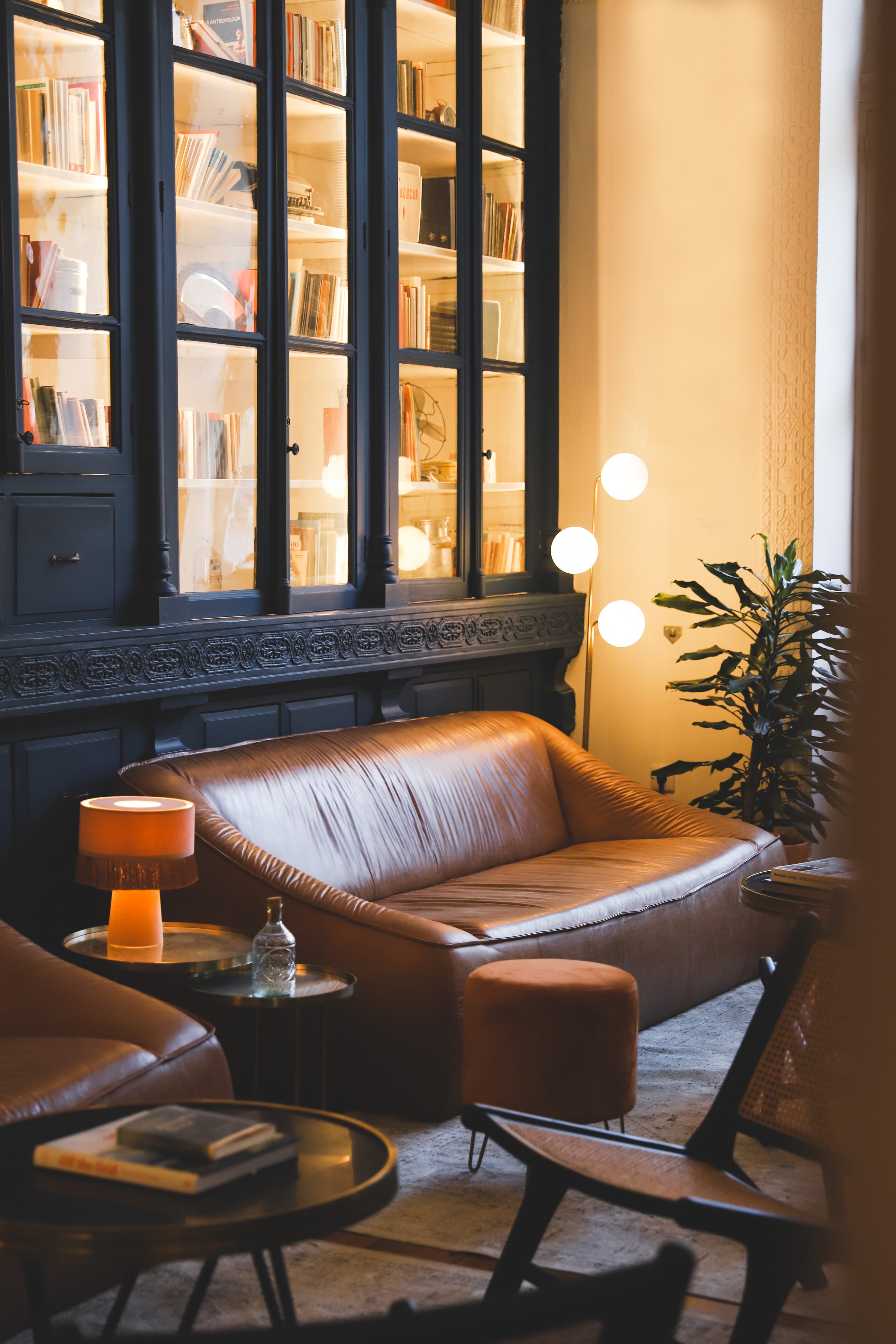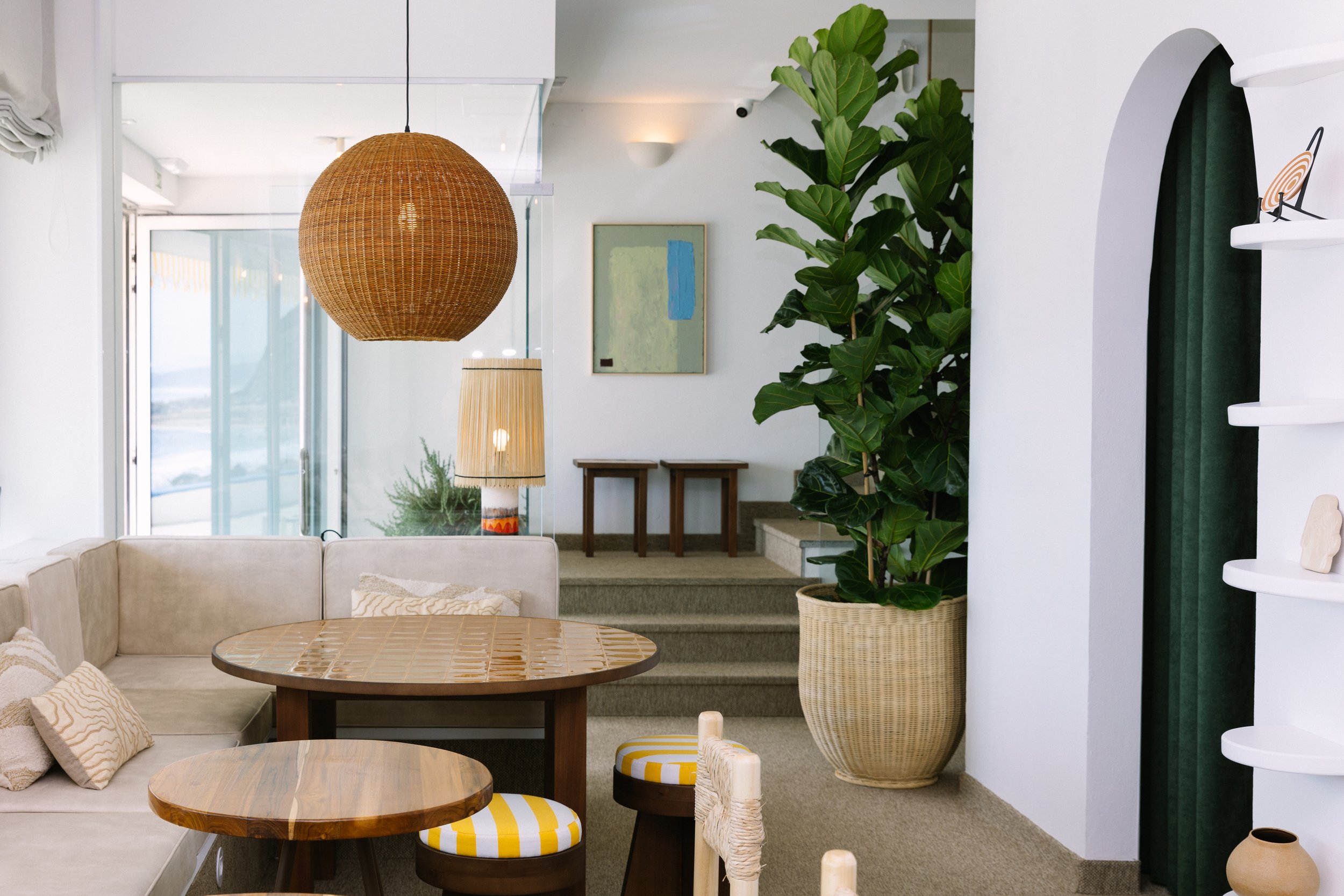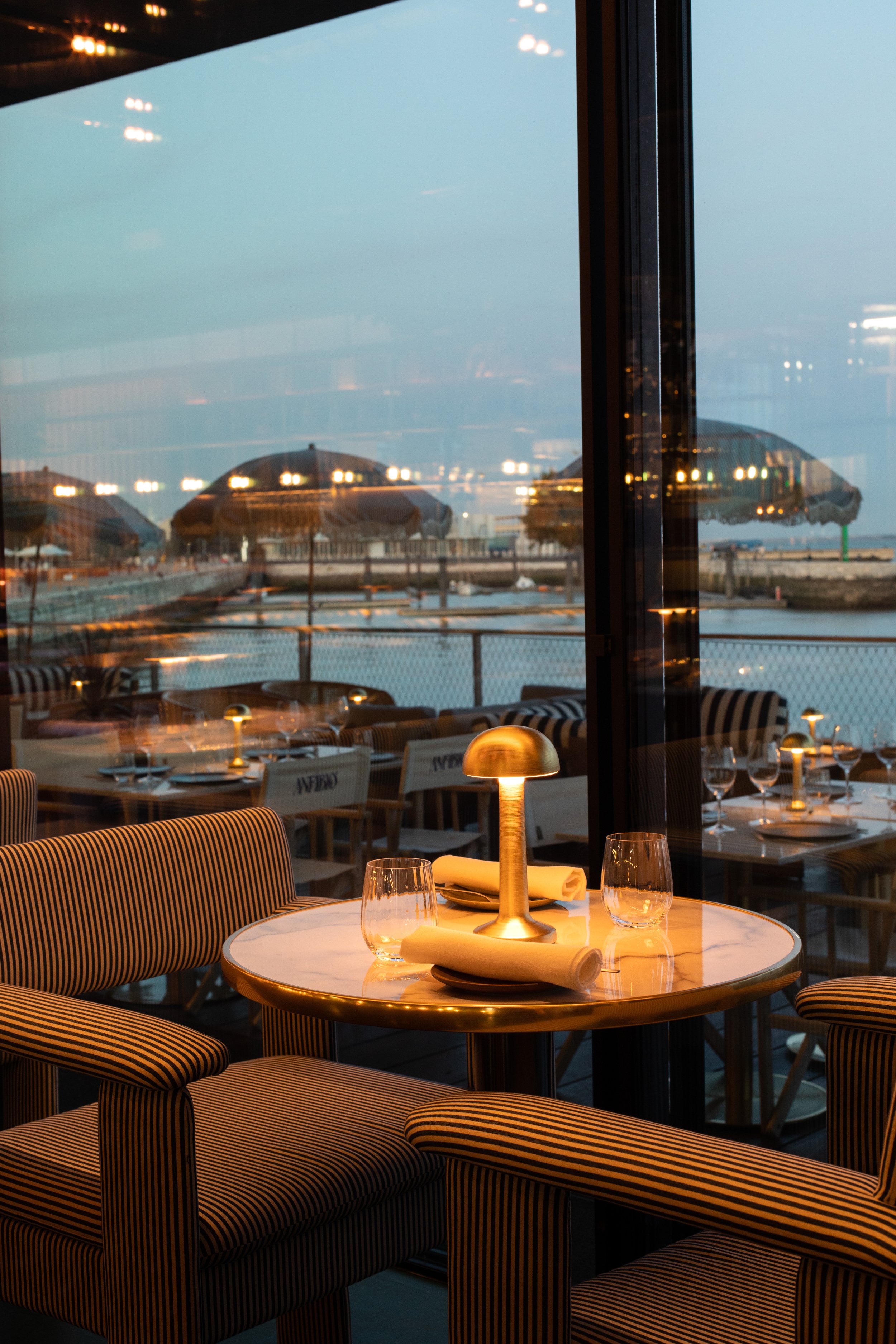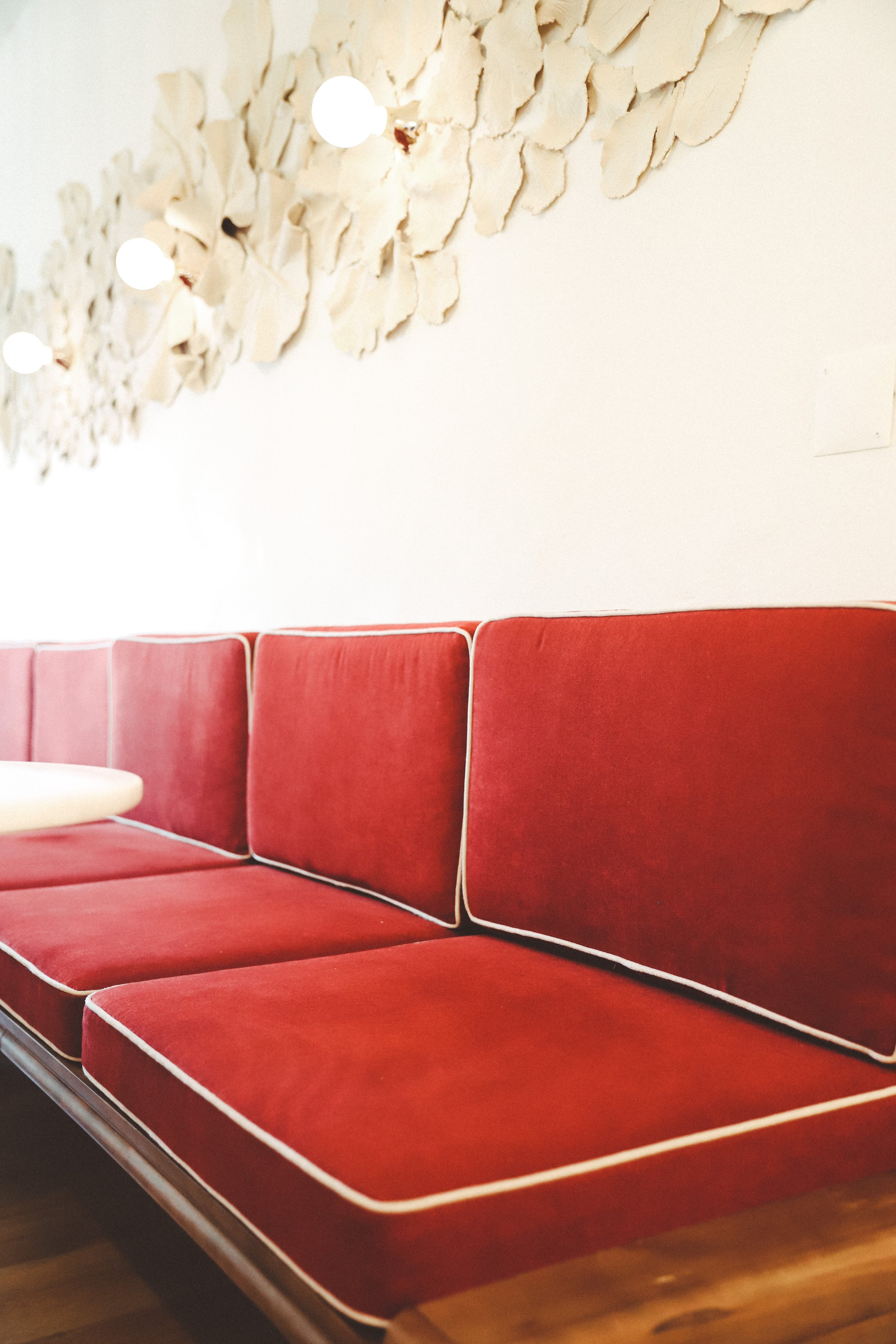STUDIO BACANA by Ingrid
A driving force that intertwines with our passion for design and the creation of exceptional environments is what makes us unique, Lisbon
Could you introduce us to "Ingrid" and Studio Bacana?
Since my childhood, I have tirelessly pursued a dream: becoming a hotel designer. The spark of inspiration was ignited by television programs that showcased Spaniards exploring remote hotels around the world. My desire to learn English led me to the United States, where I worked as an au pair and crossed paths with Billy. He had a house in Costa Rica and encouraged me to discover this beautiful country. Driven by my restless nature and my willingness to embrace opportunities, I ventured into Costa Rican lands.
My experience began as a nanny, but it soon evolved into teaching. However, my professional career truly took off when I responded to a job offer at Selina. I studied interior design at EINA (Barcelona), and after sending nearly 800 emails, I finally landed the job that marked the beginning of my career. After three years in Costa Rica and one in Panama, I rose from Country Design Manager to Southern Europe Designer and, finally, to Global Director, a position I currently hold.
Parallel to this professional journey, multiple investment opportunities arose during the pandemic, which motivated me to forge my own path. My desire was to undertake my own projects, and from this passion, Studio Bacana was born.
Studio Bacana reflects my journey and the experience I gained over the years, marked by gradual growth. Perseverance and every experience at Selina have contributed to my current knowledge. I am grateful for having climbed to the role of Global Director. My ability to work from anywhere in the world has been crucial to this success. I reject the notion of traditional office hours and spaces, as I could not conceive working in a closed environment.
You offer multiple services. How is the Bacana team structured?
We are a compact team of four people working in a dynamic environment. Currently, I manage two roles. During the day, I am fully involved with Selina, which I have managed to make one of my clients. I approach this collaboration in the same way as any other project, with the intention of diversifying and expanding my daily workload.
For larger projects involving big hotels, we occasionally enlist the assistance of freelancers. We recognize that maintaining an overly large team is not always the most efficient option, given the fluid and constant nature of creative work. So, when we face larger-scale projects, I opt to incorporate a small dose of additional support. Additionally, I collaborate closely with a couple of architecture studios that I admire, and we tap into their expertise when a specific architectural focus is required.
From my perspective, I firmly believe in the importance of establishing a solid initial concept for any project. My approach goes beyond design and aesthetics; it involves creating a strong brand strategy. Essentially, when we participate in the creation of a hotel or restaurant, we are also shaping a brand. My approach is adaptable and evolves according to the project's needs. Sometimes, the Bacana team expands to meet larger demands, but I do not seek indiscriminate growth in size. Instead, I prioritize delivering exceptional service and an enriching experience for the client throughout the entire process.
What prompted you to take the leap? Did you see a market niche/opportunity in the sector when founding Bacana, or did it stem from a personal passion?
The founding of Bacana not only arises from the opportunity to address multiple services in the sector but also from a deep personal passion. The seed of this idea sprouted within me when I realized that there was room to create something distinctive in the field of interior design and hospitality. I saw the possibility of not only designing physical spaces but also shaping unique brands and experiences. The drive to take this step came from my desire to explore my own creativity, to offer an approach that merged design and brand strategy, and to provide clients with a more meaningful connection to the creative process. Ultimately, it was the passion for turning ideas into tangible realities that led me to take the leap and found Studio Bacana.
You are based in Lisbon. What inspires you about the city/country? How would you say it 'signs' or is reflected in your work?
I have had the privilege of working extensively in Central America, where I closely collaborated with local teams in what we call "workshop teams." This methodology, which I observed in action there, left a deep impression on me. Witnessing various carpenters and craftsmen collaborating in the same space inspired me to bring that sense of community and teamwork to Portugal. This country offers a fantastic backdrop with a rich tradition of tile factories and artisans who still maintain their crafts, unlike other places where such traditions are in decline.
With this vision in mind, I established a solid foundation where I have a team of trusted suppliers for different components such as brass, glass, and custom furniture. Avoiding dependence on massive suppliers from China is essential to me because I seek to offer unique designs that stand out rather than being mass-produced worldwide.
Currently, I am deeply immersed in the creation of three hotels in Morocco, following the same approach that characterizes my way of working. This methodology involves in-depth research, factory visits, and making the most of local skills and resources. Morocco, for instance, excels in wood and bamboo work, as well as the production of exceptionally high-quality rugs. This strategy extends to other countries like Greece and Thailand and even reflects in projects within our borders in Portugal.
Our approach and style are deeply rooted in Lisbon and Portugal as a whole. The city and the country inspire us to merge traditional elements with a modern and fresh approach. Portugal's rich history and enduring craftsmanship form the foundation of our work. We aim to reinterpret these traditions through a contemporary lens, blending authentic materials with innovative ideas. Our signature is reflected in creating spaces that tell unique stories, where every detail is crafted with passion and purpose. Lisbon, with its creative energy and fusion of the old and the new, provides an ideal environment for manifesting our vision in every project we undertake.
Have you ever found yourself in the situation of having to reject a project or finish it earlier than planned because it did not align with your working methodology or aesthetic criteria?
Fortunately, we have overcome that stage, and for the well-being of both parties, when this has happened, we have decided to end our collaboration. That was a challenging period; we were involved in an ambitious project in an old convent located in a city in northern Portugal. The building had a rich history and incredible potential to transform into a dream hotel. The client reached out to me aware of my track record and skills in the field, recognizing my ability to act quickly and efficiently. When working on large projects, one must adopt a business approach, as it involves managing supplier teams, builders, and financial resources with precision.
The challenge was that the client desired a touch of luxury, but the concept of luxury varies significantly among individuals. What he considered luxurious had a completely different connotation for me. This discrepancy in perception was a stumbling block to progress. My perspective on luxury focuses on details and creating an unparalleled experience. When a client feels frustrated, that feeling is transmitted, and peaceful nights of sleep are affected. That's why I consider initial workshops as crucial elements because they allow for a thorough understanding of what the client is looking for and desires.
A favorite project, a dream project.
One of the projects that excited me the most was working on charming cabins in the Azores Islands, nestled in the middle of a natural reserve. They are a true dream come true. These twenty individual cabins, set on stone platforms overlooking the sea, represent total luxury. The setting is so captivating that it's impossible not to fall in love with it. Although I entered this project a bit later in its development, being able to seize the opportunity to create such remote places is simply amazing.
Speaking of my project in Valencia, it should be my favorite because of its proximity in location and culture. However, it's on hold because it involves an old house that requires various permits for its transformation. The property is an estate that even has its own private beach and is surrounded by extensive orange groves. The potential is astonishing, but bureaucracy and legal procedures have slowed down the process.
And now, I'm about to embark on a new project, this time in a rural area in Greece, with a start date around September. This new opportunity has me genuinely excited because it will grant me total creative freedom. It will be a space where I can explore my vision without restrictions, merging my passion for design with the peculiarities of the environment. I'm eager to start and see how this vision materializes in a rural Greek corner, full of possibilities and beauty.
Tell us about your creative process each time you take on a new project. Is it usually the same, or does it change depending on the project?
Our creative process is entirely adaptable and molds itself based on the unique nature of each project we tackle. Each project has its own story, context, and distinctive characteristics, which influence how we approach it. However, there are certain fundamental principles that always guide our methodology.
One of the key aspects in our process is creating constructions that harmoniously integrate with their surroundings, forming a narrative that arises from the particular features of the place. We thoroughly research the site's history, exploring its traditions and existing materials, and strive to preserve its essence to the fullest.
A concrete example is our project in Lisbon, where we are transforming a 14th-century palace into a hotel. The complexity of the layout led us to study in detail the historical use of each space. In this case, there was an old engine room that previously housed coal tanks and served as a point of arrival for carriages, intended to heat the palace in cold times. The first floor had a noble character, while the second floor housed maids, nannies, and cooks. These historical details, like the lower ceilings on the second floor, influenced the essence of the project.
Our philosophy is to revive the past in an authentic way, honoring even the more modest areas. For example, in this palace, the reception will be located in the lower area, reconnecting with the original essence of the building. With this approach, we seek to recreate historical authenticity, recognizing its real past. In this case, the palace had witnessed the presence of kings from Brazil and prime ministers and later passed into the hands of a private family at some point in its history.
In summary, while our fundamental creative principles remain constant, our process adapts and draws from the peculiarities of each project so that we can capture and highlight its unique history and specific context.
What identifies you in a space, a project, or a piece of furniture? What makes you unique?
Our essence is defined by the constant pursuit of harmony. While we aspire to recognition, we are aware that this is a gradual journey. Over the past two years, we have had the opportunity to work on three or four projects where our primary mission has been to seek that essential harmony in every concept. With time, we have been fortunate to collaborate with more influential clients and larger budgets, allowing us to elevate the quality of our concepts, creating exclusive and highly distinctive experiences.
Our distinctive signature is revealed through our ability to infuse harmony into every corner of a space, every detail of a project, and every piece of furniture. This pursuit of harmony makes us unique. It is a driving force that intertwines with our passion for design and the creation of exceptional environments. We not only strive to make each element visually harmonious but also work to ensure that the whole reflects a holistic balance, where aesthetics, functionality, and narrative blend into a coherent and captivating experience.
This dedication to harmony is what gives our projects a distinctive quality and allows us to stand out in the field of interior design and hospitality.
How do you apply your work to your own personal spaces?
Balancing the personal and the professional can be challenging, and it's easy for the boundaries between them to blur, especially when the concepts of our dream projects intertwine.
It's important to note that each home and space is defined by its architecture and environment, and I like the design to adapt and harmonize with that. I apply the principles that guide my work to my personal spaces, seeking to create harmony and coherence in every corner. I leverage my knowledge of interior design to select pieces and elements that fit the desired style and look for ways to optimize the space both functionally and aesthetically. While I may desire multiple homes with varied designs, my focus on intelligent design and creating appealing environments is reflected in my current personal space.
A source of inspiration: where do you turn to find references? Do you step away from design in search of inspiration? Something that never fails you.
When seeking inspiration, I tend to steer away from conventional sources. My primary point of reference is the aesthetics of the 1960s-70s in California, although I am rarely asked for a direct influence from that style. However, I find that era represents a kind of "habitable machine," where every detail has its logic and coherence. Everything is interconnected and justified. While few projects request a direct influence from that period, the 1960s-70s in California are a fundamental inspiration for me, marked by brilliant architecture. If someone is interested in that type of housing, simply Google Richard Neutra, as he is a key figure in the architecture of that time.
However, in the realm of hospitality projects, such as the ones I develop, Neutra's influence is not always direct. Creating something new involves many factors; it must not only fit the location but also be backed by market analysis. Aesthetic inspiration is just one part of the equation; the foundation comes from a thorough study of the area and the product. Additionally, I find inspiration in designers like Dorothy, who share a vision and an approach to enhancing methodology in hospitality projects.
Although it's common to seek inspiration on Pinterest or in magazines, what truly excites me is the process of creating a unique proposal. While visual references are valuable, I always find that the real excitement lies in merging different influences and approaches to achieve something distinctive. Furthermore, to find inspiration, I often step away from the world of design and look to nature, literature, and cultures. The diversity and freshness these sources bring are invaluable and always result in a unique and enriching perspective.
What do you do in your free time? Share your passion outside of architecture and design.
In my free time, my greatest passion is traveling. Exploring new places and immersing myself in different cultures ignites a passion in me that goes beyond architecture and design. My travels provide me with a unique perspective on how previous generations conceived and built their environment. What deeply inspires me is not just what I personally find attractive but how people shaped their surroundings in the past.
Roaming the streets of cities like Seville allows me to admire the special charm hidden in the details of constructions. From patterns on the floors to delicate doors and benches in parks, you can feel an authenticity that comes from craftsmanship. Rather than focusing on current trends and finishes often found on platforms like Pinterest, these historical places reveal how things used to be created. A stroll through the bars of 1920s Barcelona allows me to closely examine the design details, from the bars to the wine racks and lighting. This experience fills my mind with fresh ideas, and my creativity recharges.
I often find myself more connected and inspired by these authentic and ancient places than by the suggestion algorithms of social media. The sense of connection to history and the inspiration I find in these culturally rich spaces cannot be replicated by online platforms. These travels are the fuel for my creativity and provide me with meaningful context for my work in architecture and design.

